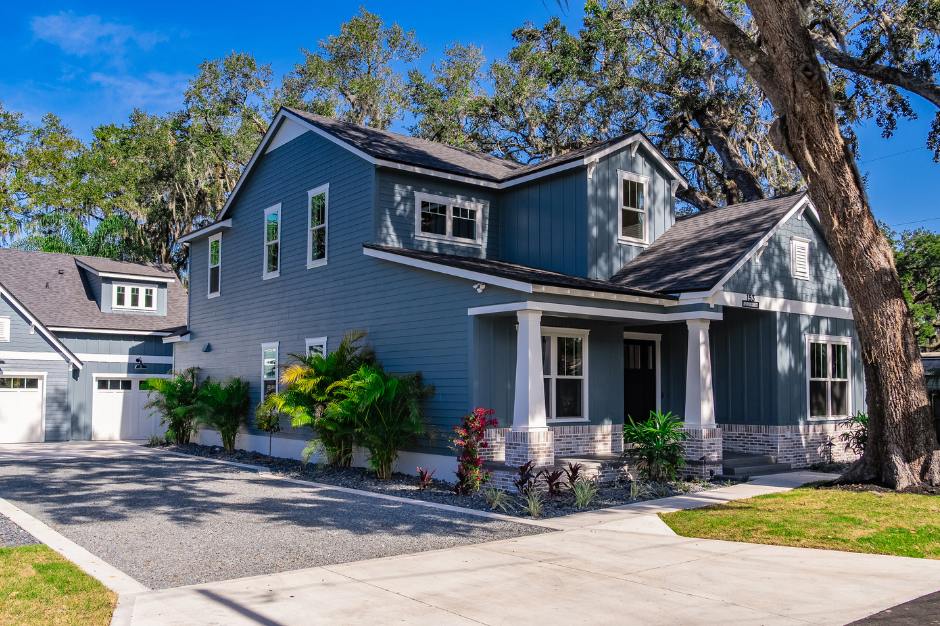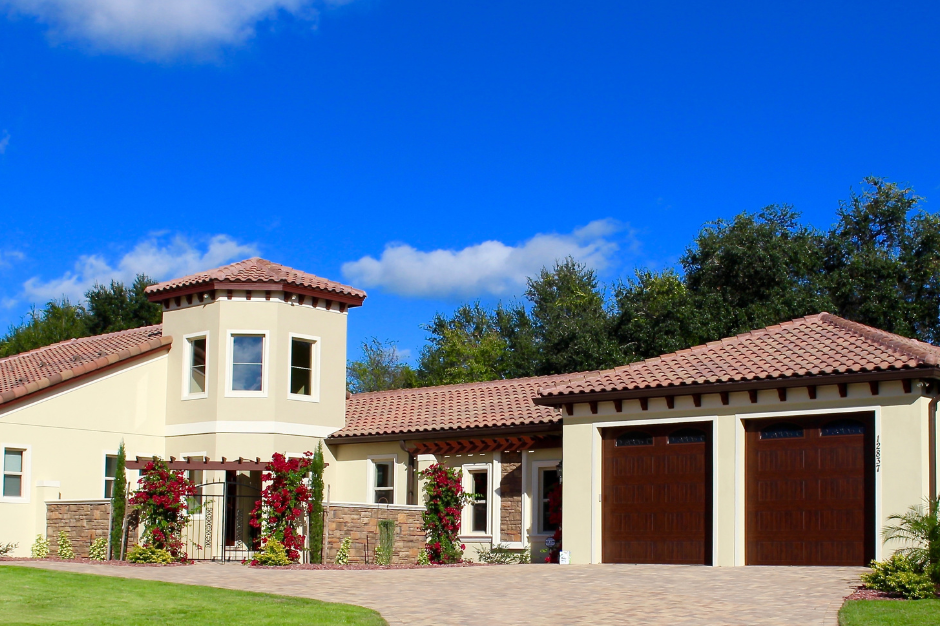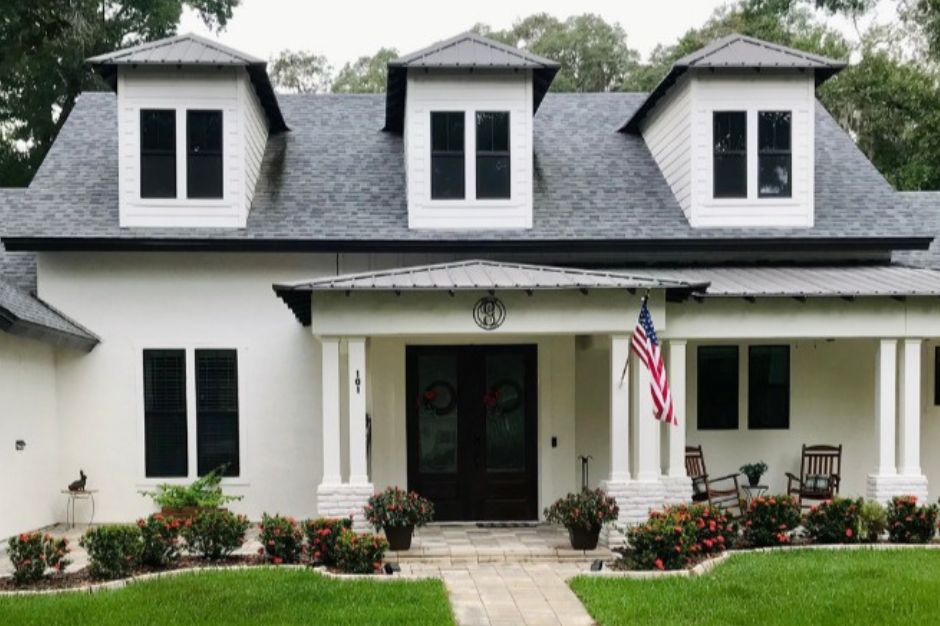
You KNOW what you like. And what you don’t.
You’re told by friends that you have good taste.
In fact, you carefully collect ideas and pictures – all to be used one day when you build your dream home.
So why in the world would you need to hire an interior designer?
Simply put, the expertise that a designer brings to the table is crucial – especially as you consider the THOUSANDS of decisions that will be put before you.
However, let’s break it down a bit more. Here are five specific and compelling reasons to bring an interior designer on your home-building journey.
1) Color
Color is powerful.
It can evoke specific psychological responses – a red wall might produce a feeling of adventure, while certain blues create a sense of calm.
It can change a person’s perception of the size of a particular area – a small kitchen can seem more spacious when painted white or light gray.
Largely, color impacts how you FEEL when you walk into a room.
But the way color works is not simple.
Just take a look at all the terms for the different nuances of color.
- Hue
- Tint
- Tone
- Shade
- Saturation
- Lightness
- Brightness
- Grayscale
- Luma
- Intensity
There is a science behind using colors that compliment each other, and it goes beyond just tastes.
It is an interior designer’s job to have knowledge of and experience with what works and what doesn’t.
Consider these scenarios where a professional can help greatly:
- An untrained eye does not always see tone and hue
- Colors can change depending on the lighting
- Bold color choices can work, but only in certain spaces and in specific proportions
- A particular color will appear differently inside than it will outside
- Depth can be added to a room by choosing certain colors
- Color can inject life into a simple space

2) Scale and Proportion
Another element of design that has a “WOW” factor is the use of scale and proportion in a room.
Although these two words are often used interchangeably, a good designer knows there is a subtle difference.
Scale refers to how an object relates to the size of the room – or how it relates to YOU.
Proportion has more to do with the shape of an object and how it relates to other things in the room.
Here are some typical questions that you might have when making decisions about proportion and scale:
- Does this large light fixture work in this space?
- What am I drawing attention to?
- Is bigger better?
- Do I need to take a less-is-more approach in this room?
- Does the ceiling height determine which baseboard will work best?
- How can I create a dramatic effect in this room?
- Have I left enough “white space?”
- How can I make this large pattern work in this small room?
A good designer doesn’t push her tastes on you but makes sure that you don’t make a mistake. She can help you combine your choices to produce flawless flow throughout your home.
3) Texture and Finishes
The visual impact that textures and finishes have on a home is undeniable.

And creating visual interest throughout a home can be as simple as using different materials – however, it is important to have balance.
As always, too much of a good thing is, well, too much.
If you aim to have one focal point in a room, then your best bet is to choose two distinct textures. On the other hand, if you want your guests to take in the room as a whole, then you can use three different textures.
An interior designer will help you make the right decisions regarding texture and finishes in all of these areas:
- Flooring
- Cabinets
- Trim work
- Tray ceilings
- Countertops
- Chair rails
- Use of wood
- Use of stone
- Use of wrought iron
- Fireplace and mantle
If your style is warm and welcoming, then a designer might incorporate rough texture by using barn-wood beams or an orange peel finish on the walls.
For a sleek and formal look, your designer will guide you to using more smooth finishes. Perhaps full overlay kitchen cabinet doors or smooth wainscoting is more up your alley.
4) Staying In Your Budget
One of the biggest challenges to building a custom home is staying within your original budget. It is so easy to get caught up in the excitement and throw caution to the wind.
Decisions that normally would be considered minor can become monumental.
An interior designer, however, is instrumental in helping you to stay on task. A project that can seem overwhelming is broken down into doable parts with the guidance of an experienced and knowledgeable designer.
He will have established relationships with suppliers and showrooms and will work to help you find the best price for the products you want. And he will ensure that you aren’t taken advantage of.
5) Your Inside Connection
Even the most hands-on builders will not be able to walk you through ALL the detailed decisions you will have to make.

But your interior designer can.
In fact, she is the direct link to your builder – your inside connection, so to speak.
She carries the weight of:
- Getting the product on time
- Researching for your design
- Clearly articulating what you want to the builder
- Putting time-tested processes in place to get everything accomplished
- Handling changes or upgrades, you decide on
- Consistent communication throughout the entire process
Westmont’s success is, in part, due to the exceptional work of Kym Grabman and Leslie Fogel.
They both work with Jim, one detail at a time, to make dream homes a reality for hundreds of delighted families.





